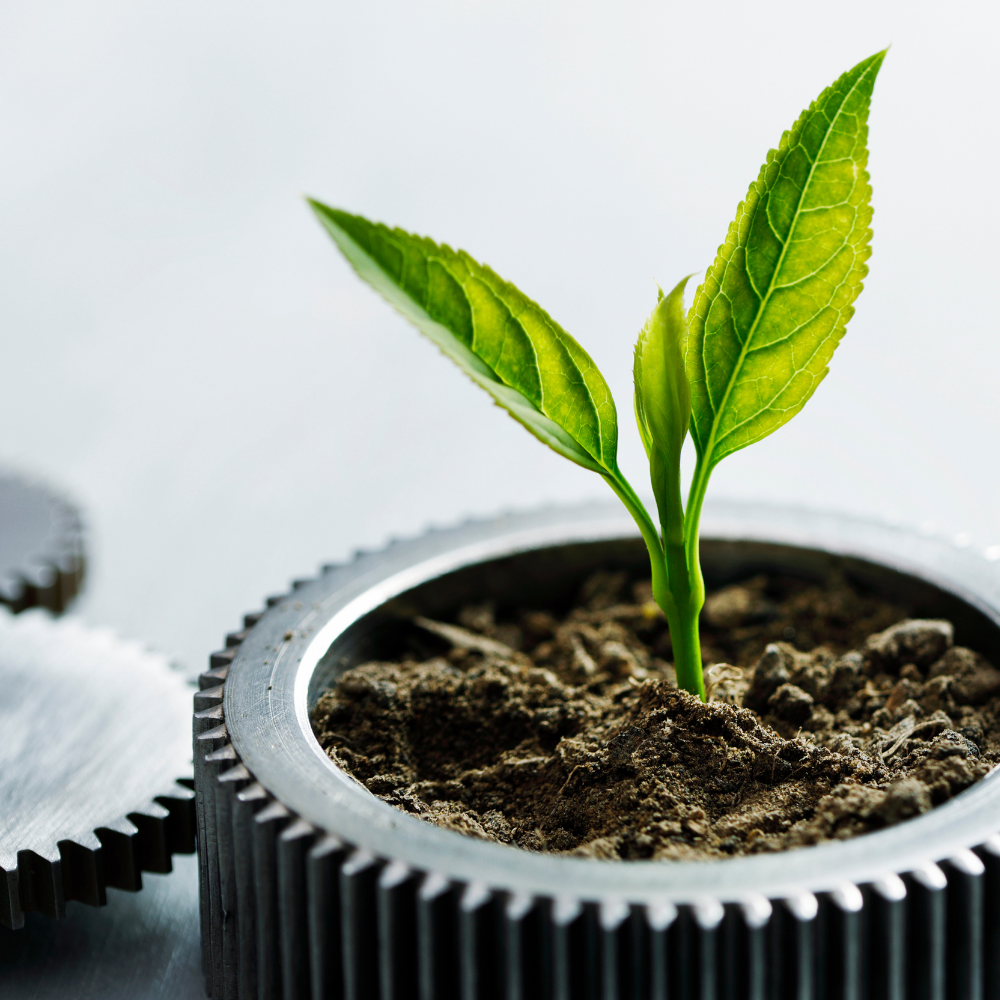We all want to do our bit for the environment. From dropping soda bottles into recycling bins to ditching a gas guzzler for an electric, protecting our pale blue dot from the effects of human activity is more important now than ever before. Doing our bit for the planet, however, leaves many of us feeling overwhelmed, leading us to wonder how we can do more to tackle the climate crisis.
Fortunately, being more eco-friendly doesn’t need to involve life-changing decisions or the costly outlay for things like solar panels. Going green can start at home with some simple household changes.
Below, then, are five easy, low-effort tips to be more eco-friendly in your home:
Switch to LED Bulbs
By making the switch to LED light bulbs, you can significantly reduce your carbon footprint and save a pretty penny while you’re at it. Traditional incandescent bulbs emit light by running a current through a tungsten filament. While these have served us well over the decades, the problem is that they are energetically quite wasteful, producing waste heat in the process.
On the other hand, LED bulbs emit light through a much more efficient process, which requires much less energy to do the same job as a regular old lightbulb. On average, you can expect an LED bulb to use 75% less energy, putting less strain on energy plants, resulting in less carbon being produced. That’s not to mention the savings. The average American home can expect to save somewhere in the region of 300 a year in energy costs simply by switching a few bulbs.
Use Your Dishwasher Efficiently
Aside from the convenience of not having to stand at the kitchen sink scrubbing pots and pans, using your dishwasher correctly is also a great way to do your bit for the environment. While dishwashers are already a lot more energy efficient than hand-washing, using nine times less water on average, improper use of the appliance can lead to unnecessary carbon emissions. To ensure your dishwasher is doing its bit for the planet, too, try to use the eco setting as much as possible. This uses less energy by heating water up slowly over a longer cycle, cutting energy use by around 20%.
It’s also important to run your dishwasher only when full, as a half-loaded dishwasher will waste half the water and energy used to run the cycle.

Air-Dry Your Clothes
While the convenience of machine-drying clothes is hard to argue with, these time-saving appliances aren’t exactly energy efficient when compared to air-drying your clothes. Simply by being used three times a week, these energy-gobbling machines will generate a whopping 160kg of CO2 a year. In contrast, air-drying your laundry costs, well, nothing other than the time to hang it out. By drying your laundry in the fresh air and sunshine, you not only shrink your carbon footprint significantly but also minimize wear and tear on your clothing. The upshot of this is that you will need to replace your clothing less often, reducing your footprint yet more.
Take a Look at Your Home Appliance Settings
Another way to go green with barely any effort is to take care when using your electrical appliances, extending their life and maximizing energy efficiency. Keeping your refrigerator tip-top, for example, is a simple way to achieve this. Ensure your refrigerator is set to run at 35-40 F to work efficiently, and ensure it is not overstocked as this reduces airflow.
Similarly, check your thermostat settings, make sure they’re not set too high. Incorrect thermostat temperatures can cause your home heating to run unnecessarily and increase your carbon footprint. Take a look at your TV and PC settings too. By making them auto-sleep after 10 minutes of inactivity, you prevent wasted energy and save a little on energy bills too.
Cut Down on Meat and Dairy
Not everyone’s favorite suggestion, but you can drastically reduce your carbon footprint simply by reducing your meat and dairy intake. According to a recent Oxford study, meat and dairy may contribute up to 73% of a person’s total carbon footprint due to the enormous amount of land, water, and travel involved in their production.
By planning a few healthy, organic plant-based meals a week, you can reduce your impact on the planet tremendously. If you find the idea of a meatless meal daunting, try some plant-based meat alternatives, which are often remarkably similar to the real thing.
Alternatively, try switching to plant milk such as almond, soy, or pea. Whereas the production of 1 glass of dairy milk requires 628 liters of water, the same glass of soy milk, for example, takes only 28.



